On World Day Against Child Labour, DNA visits the lives of children who have been the victims as well as of some who were brought out of the dark alleys by some vigilante groups.
Despite many efforts by non-governmental organisations, little has been done by the government to contain the growing menace of child labour in the National Capital Region (NCR). The number of children being trafficked or forced into labour has only increased over the years, particularly in urban areas. On World Day Against Child Labour, DNA visits the lives of children who have been the victims as well as of some who were brought out of the dark alleys by some vigilante groups.
CASE STUDY 1 (NEGATIVE)
At 8 am, when students prepare to leave for school, Deepak occupies himself with the preparations to get meals ready. The 12-year-old boy works with his father, who sells 'Chole Puri' at Indira Market in Noida.
Deepak never went to school but every time he sees children going to school, he feels unfortunate and wishes to join these children. This little boy who hails from Khagaria in Bihar has been working for three years now and wishes to send his three younger siblings to school to fulfil his dreams and wants to see them soar high in life. "If someone offers me to send to school, I would definitely go but my father never let me go because of the financial constraints", said Deepak.
While every child deserves to learn, grow and enjoy the golden period of childhood and not be trapped in the circle of earning livelihood, Deepak's work deprives him of growth and education preventing him from developing his full potential.
He is not the only deprived child of this country. According to the 2016 analysis of NGO Children Rights and You (CRY), child labour has increased by more than 50 per cent in urban areas.
Article 21-A, Right to Education, fundamental right promises to provide free and compulsory education to all children between the ages of 6 and 14 but these statistics of child labour portray the failing picture of the Act.
CASE STUDY 2 (POSITIVE)
Living happily with his parents and a younger sister, Sunil (23), was abducted by the money lender from whom his parents had borrowed money from. In the year 2000, Sunil was abducted and put to work in a brick factory.
Recalling his nightmarish experience Sunil said, “I was abducted from my home and later forced to work in a brick factory, however, it was an NGO that had rescued me and showed me the path to education that my life changed.”
Sunil was rescued by ‘Bachpan Bachao Andolan’ and then given access to basic and higher education. Sunil later went on to become an engineer from the electronic branch and is a well-settled man today.
Having experienced the trauma and hardship of child labour, Sunil participated in Bharat Yatra which was commenced from Kanyakumari and ended in Delhi in 2017 led by Nobel Peace Laureate Kailash Satyarthi to spread awareness about child trafficking and sexual abuse. During the march, he enacted strongly by speaking for the victim of trafficking and child sexual abuse.
CASE STUDY 3 (NEGATIVE)
Calling on the busy streets of Noida Sector 18's Atta Market stands Kamlesh, a 13-year-old boy who had recently moved to Delhi just to help his father vend socks in the marketplace.
Kamlesh was a student of seventh grade in a government school in Bihar when his father summoned him to contribute in the family earning and thus the boy had to leave for Delhi, leaving behind his two younger brothers and mother.
However, the young boy deprived of education is now left with no aim but just a motive to get his family regular meals. On being asked, if he intends to join school again, the boy said, "Obviously yes, but seeing my family starve will not be bearable, so I would prefer working in the market rather than schooling."
According to an analysis of the census data taken out by CRY on child labour in India in 2016, Uttar Pradesh has 41.18 per cent of children employed which is the highest number in the country.
Roaming around any streets in Noida one can find many children who are either pushing thelas (push carts) or whiling away their time becoming menace to the society. The lack of awareness regarding education is the cause of the vicious cycle that child labour creates.
![submenu-img]() Ganesh Chaturthi 2024 shubh muhurat: Check city wise puja timings, visarjan date, and bhog for Ganpati Bappa
Ganesh Chaturthi 2024 shubh muhurat: Check city wise puja timings, visarjan date, and bhog for Ganpati Bappa![submenu-img]() 'Leaders in Delhi never liked me…’ Omar Abdullah alleges poll 'conspiracy'
'Leaders in Delhi never liked me…’ Omar Abdullah alleges poll 'conspiracy'![submenu-img]() Boney Kapoor announces new film, its title has a Mr India connect: 'Probably by December we...'
Boney Kapoor announces new film, its title has a Mr India connect: 'Probably by December we...'![submenu-img]() Meet actress, who worked for 17 hours straight on toxic sets, her mental health was affected, left industry, is now...
Meet actress, who worked for 17 hours straight on toxic sets, her mental health was affected, left industry, is now...![submenu-img]() Over 200 Patients celebrate freedom from diabetes in Madhavbaug's nationwide campaign 'Azadi Diabetes Se'
Over 200 Patients celebrate freedom from diabetes in Madhavbaug's nationwide campaign 'Azadi Diabetes Se'![submenu-img]() Hathras Accident: यूपी के हाथरस में बड़ा सड़क हादसा, 15 लोगों की मौत, कई घायल
Hathras Accident: यूपी के हाथरस में बड़ा सड़क हादसा, 15 लोगों की मौत, कई घायल![submenu-img]() J-K विधानसभा चुनाव: 'आर्टिकल 370 को हम कभी वापस नहीं आने देंगे', अमित शाह ने जारी किया BJP का संकल्प पत्र
J-K विधानसभा चुनाव: 'आर्टिकल 370 को हम कभी वापस नहीं आने देंगे', अमित शाह ने जारी किया BJP का संकल्प पत्र![submenu-img]() Kanhaiya Lal Murder: कन्हैयालाल हत्याकांड में दूसरे आरोपी जावेद को भी मिली बेल
Kanhaiya Lal Murder: कन्हैयालाल हत्याकांड में दूसरे आरोपी जावेद को भी मिली बेल![submenu-img]() Assembly Election 2024: हरियाणा में भाजपा नेताओं के बगावती तेवर, कहीं बिगड़ न जाए जीत का समीकरण
Assembly Election 2024: हरियाणा में भाजपा नेताओं के बगावती तेवर, कहीं बिगड़ न जाए जीत का समीकरण![submenu-img]() Viral Video: Indigo की फ्लाइट में बंद हो गया एसी, गर्मी से परेशान यात्री हो गए बेहोश
Viral Video: Indigo की फ्लाइट में बंद हो गया एसी, गर्मी से परेशान यात्री हो गए बेहोश ![submenu-img]() DNA Auto Awards 2024: Maruti Suzuki Swift nominated for ‘CAR OF THE YEAR’; check price, features
DNA Auto Awards 2024: Maruti Suzuki Swift nominated for ‘CAR OF THE YEAR’; check price, features![submenu-img]() DNA Auto Awards 2024: Hyundai Alcazar Facelift nominated for ‘CAR OF THE YEAR’; check details
DNA Auto Awards 2024: Hyundai Alcazar Facelift nominated for ‘CAR OF THE YEAR’; check details![submenu-img]() Hyundai Creta Knight Edition launched in India: Check price, features, design
Hyundai Creta Knight Edition launched in India: Check price, features, design![submenu-img]() DNA Auto Awards 2024: Citroen Basalt nominated for ‘CAR OF THE YEAR’; check price, features
DNA Auto Awards 2024: Citroen Basalt nominated for ‘CAR OF THE YEAR’; check price, features![submenu-img]() DNA Auto Awards 2024: Tata Curvv nominated for ‘CAR OF THE YEAR’; check price, features
DNA Auto Awards 2024: Tata Curvv nominated for ‘CAR OF THE YEAR’; check price, features![submenu-img]() UPSC topper IAS Shruti Sharma's marksheet goes viral on social media, check her scores in different subjects
UPSC topper IAS Shruti Sharma's marksheet goes viral on social media, check her scores in different subjects![submenu-img]() Meet man, who lost his mother in childhood, worked as milk seller, cracked NEET exam with AIR...
Meet man, who lost his mother in childhood, worked as milk seller, cracked NEET exam with AIR...![submenu-img]() Meet man who failed 35 exams, cracked UPSC exam twice, first became IPS then quit due to...
Meet man who failed 35 exams, cracked UPSC exam twice, first became IPS then quit due to...![submenu-img]() Meet man, who was forced into child marriage at 11, cracked NEET exam with AIR...
Meet man, who was forced into child marriage at 11, cracked NEET exam with AIR...![submenu-img]() Meet woman who cracked UPSC exam in first attempt without coaching at 22, got AIR 31, she is now posted as…
Meet woman who cracked UPSC exam in first attempt without coaching at 22, got AIR 31, she is now posted as…![submenu-img]() Mumbai: Fire Breaks Out At Times Tower In Mumbai, 9 Fire Units Deployed
Mumbai: Fire Breaks Out At Times Tower In Mumbai, 9 Fire Units Deployed![submenu-img]() 'Dharavi Project Is About Restoring Dignity...', Says Gautam Adani | Dharavi Redevelopment Project
'Dharavi Project Is About Restoring Dignity...', Says Gautam Adani | Dharavi Redevelopment Project![submenu-img]() Kolkata Doctor Case: CBI Visits RG Kar, Seizes Documents On Funds Used During Sandip Ghosh’s Tenure
Kolkata Doctor Case: CBI Visits RG Kar, Seizes Documents On Funds Used During Sandip Ghosh’s Tenure![submenu-img]() Giriraj Singh Attacked: Union Minister Giriraj Singh Assaulted In Begusarai, Bihar; Accused Arrested
Giriraj Singh Attacked: Union Minister Giriraj Singh Assaulted In Begusarai, Bihar; Accused Arrested![submenu-img]() Haryana Assembly Election 2024: Haryana Assembly Election Date Changed, Check Details Here
Haryana Assembly Election 2024: Haryana Assembly Election Date Changed, Check Details Here![submenu-img]() Mukesh Ambani set to challenge Adani, ITC with his Rs 3900 crore plan for...
Mukesh Ambani set to challenge Adani, ITC with his Rs 3900 crore plan for...![submenu-img]() NPCI launches 'UPI circle', check what it is and how it works
NPCI launches 'UPI circle', check what it is and how it works![submenu-img]() Mukesh Ambani's Reliance Jio to give tough competition to BSNL with this plan, it offers 5G data at just Rs...
Mukesh Ambani's Reliance Jio to give tough competition to BSNL with this plan, it offers 5G data at just Rs...![submenu-img]() This company repays Rs 20000 crore debt for... and it has a Ratan Tata connection
This company repays Rs 20000 crore debt for... and it has a Ratan Tata connection![submenu-img]() Meet woman, billionaire's daughter, who studied in London, now leads Rs 1124 crore company as...
Meet woman, billionaire's daughter, who studied in London, now leads Rs 1124 crore company as...![submenu-img]() From Cristiano Ronaldo to Virat Kohli: List of highest-paid athletes in last 12 months
From Cristiano Ronaldo to Virat Kohli: List of highest-paid athletes in last 12 months![submenu-img]() Meet actor who worked as waiter, sold tea, namkeen for 14 years, debuted in Bollywood at 42; now his net worth is...
Meet actor who worked as waiter, sold tea, namkeen for 14 years, debuted in Bollywood at 42; now his net worth is...![submenu-img]() Parents-to-be Deepika Padukone, Ranveer Singh seek blessings at Siddhivinayak with families days before baby's arrival
Parents-to-be Deepika Padukone, Ranveer Singh seek blessings at Siddhivinayak with families days before baby's arrival![submenu-img]() Gout remedies: 7 natural ways to lower uric acid levels in the body
Gout remedies: 7 natural ways to lower uric acid levels in the body ![submenu-img]() Active players with most centuries in international cricket
Active players with most centuries in international cricket ![submenu-img]() 'Leaders in Delhi never liked me…’ Omar Abdullah alleges poll 'conspiracy'
'Leaders in Delhi never liked me…’ Omar Abdullah alleges poll 'conspiracy'![submenu-img]() Over 200 Patients celebrate freedom from diabetes in Madhavbaug's nationwide campaign 'Azadi Diabetes Se'
Over 200 Patients celebrate freedom from diabetes in Madhavbaug's nationwide campaign 'Azadi Diabetes Se'![submenu-img]() 'When we were dragged on roads...': Wrestler Vinesh Phogat slams BJP
'When we were dragged on roads...': Wrestler Vinesh Phogat slams BJP![submenu-img]() India emerges as second-largest global 5G smartphone market, overtakes...
India emerges as second-largest global 5G smartphone market, overtakes...![submenu-img]() Union Home Minister Amit Shah releases BJP manifesto for J&K assembly elections
Union Home Minister Amit Shah releases BJP manifesto for J&K assembly elections




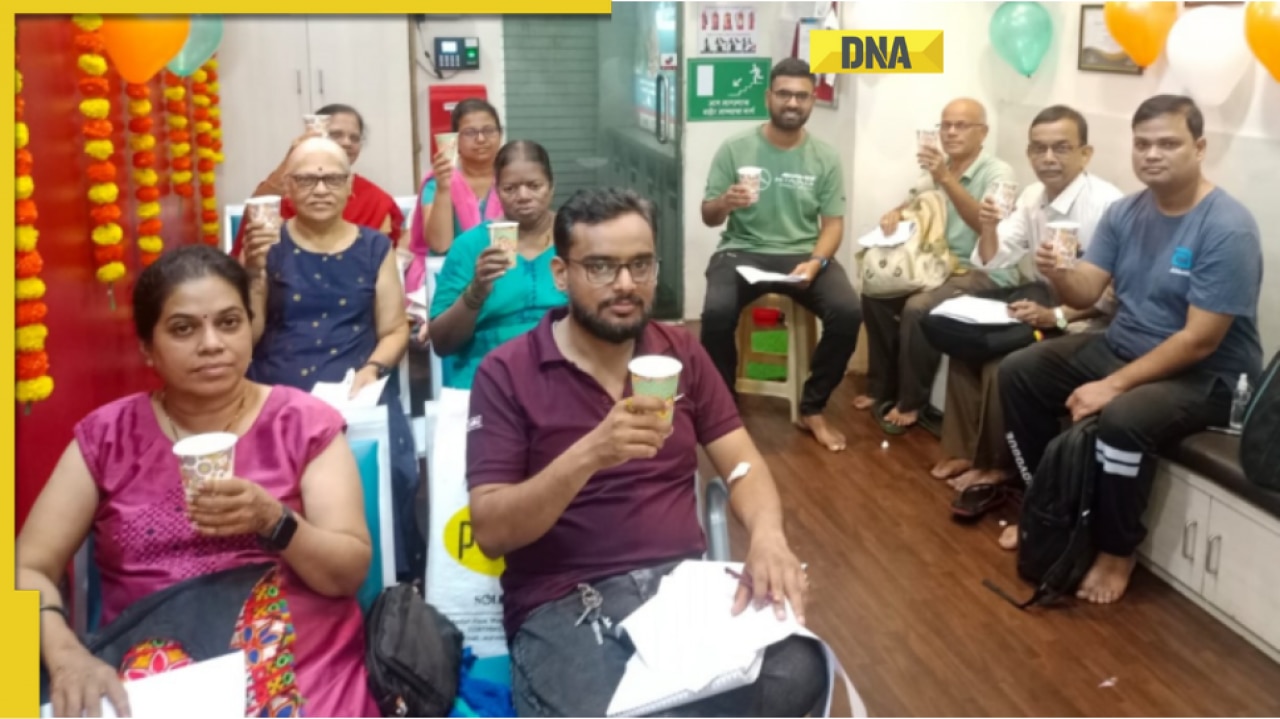





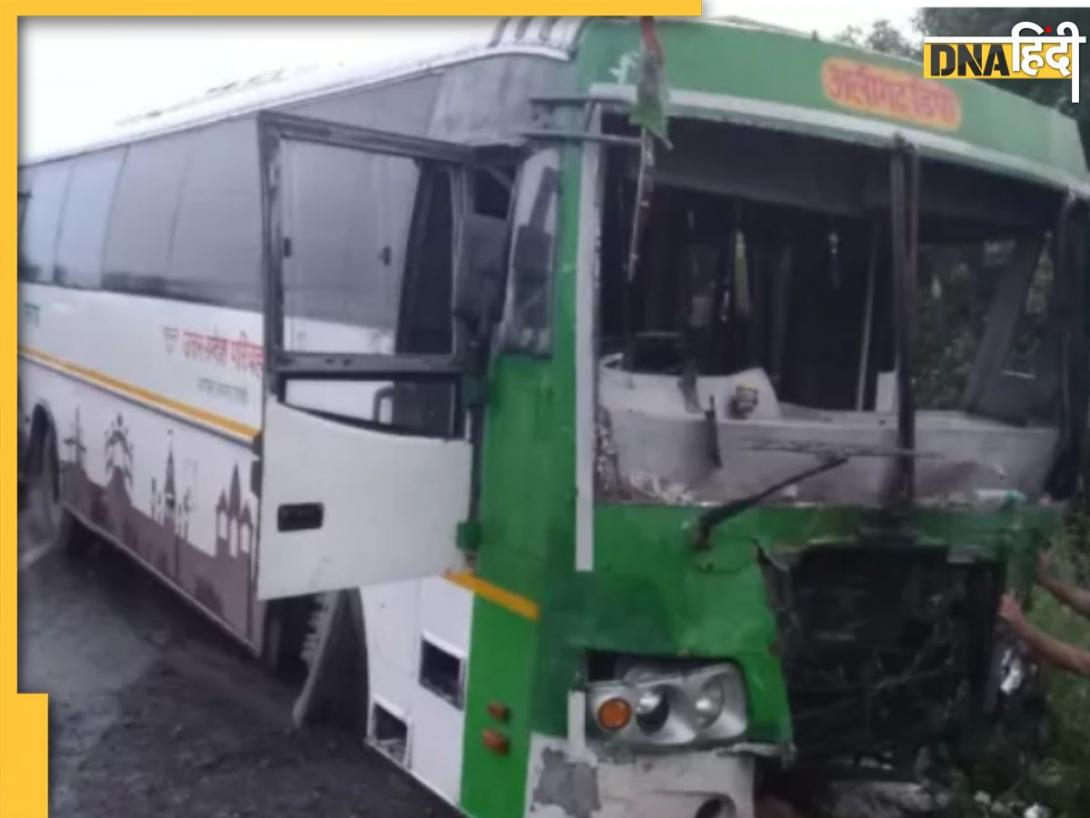
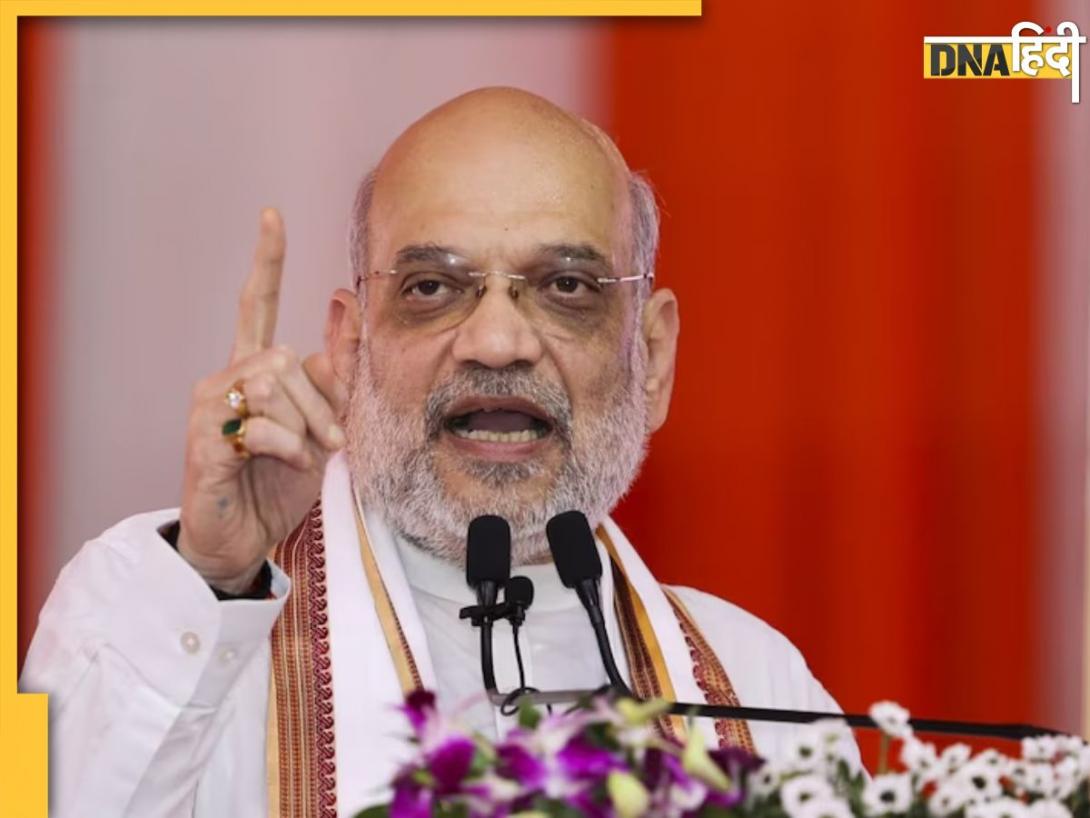

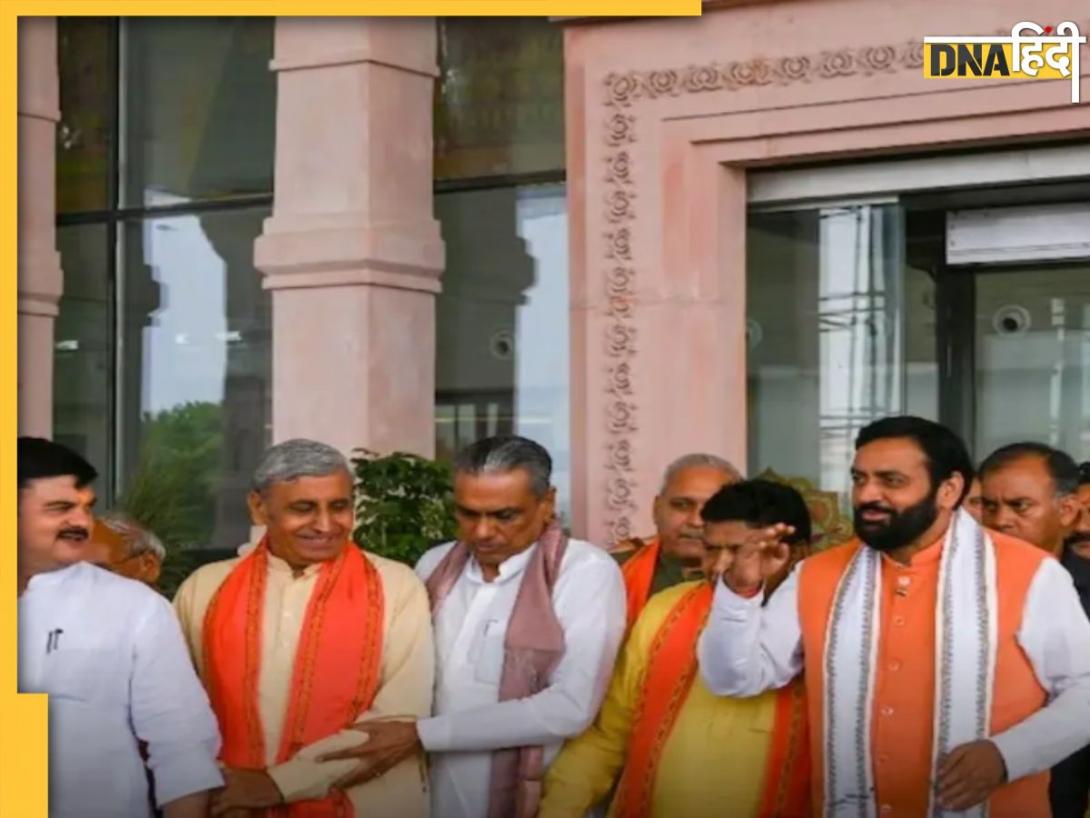






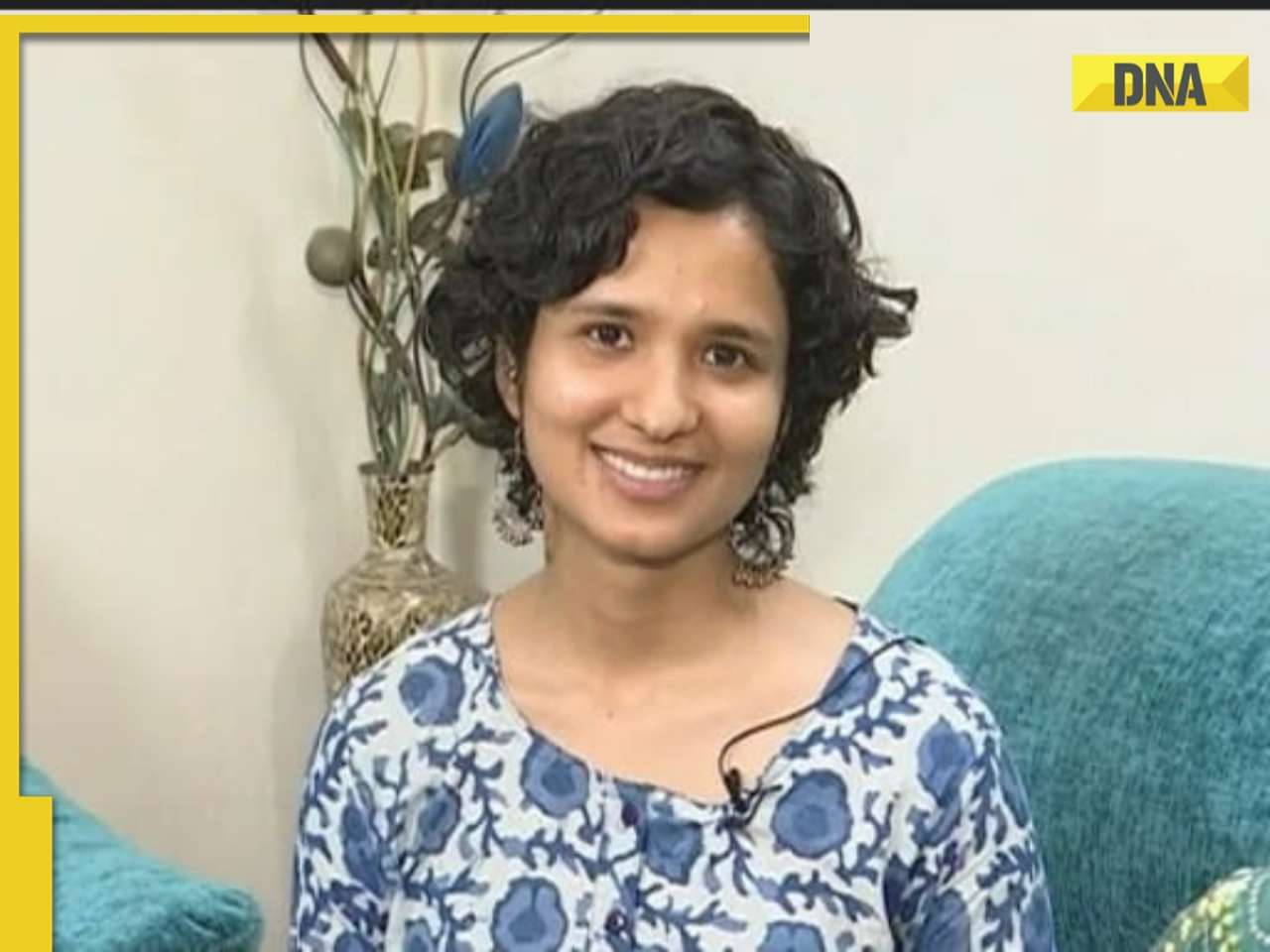

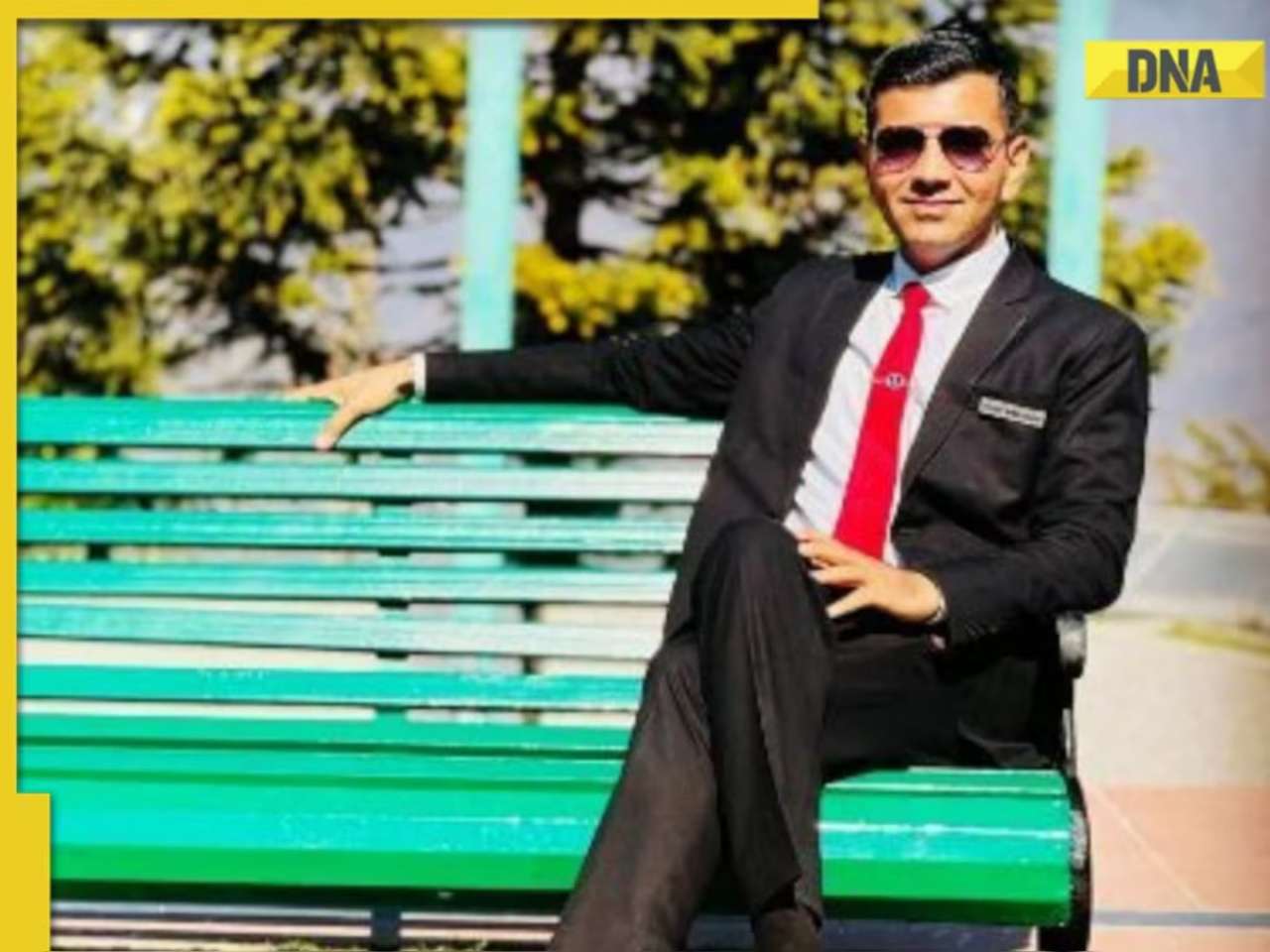

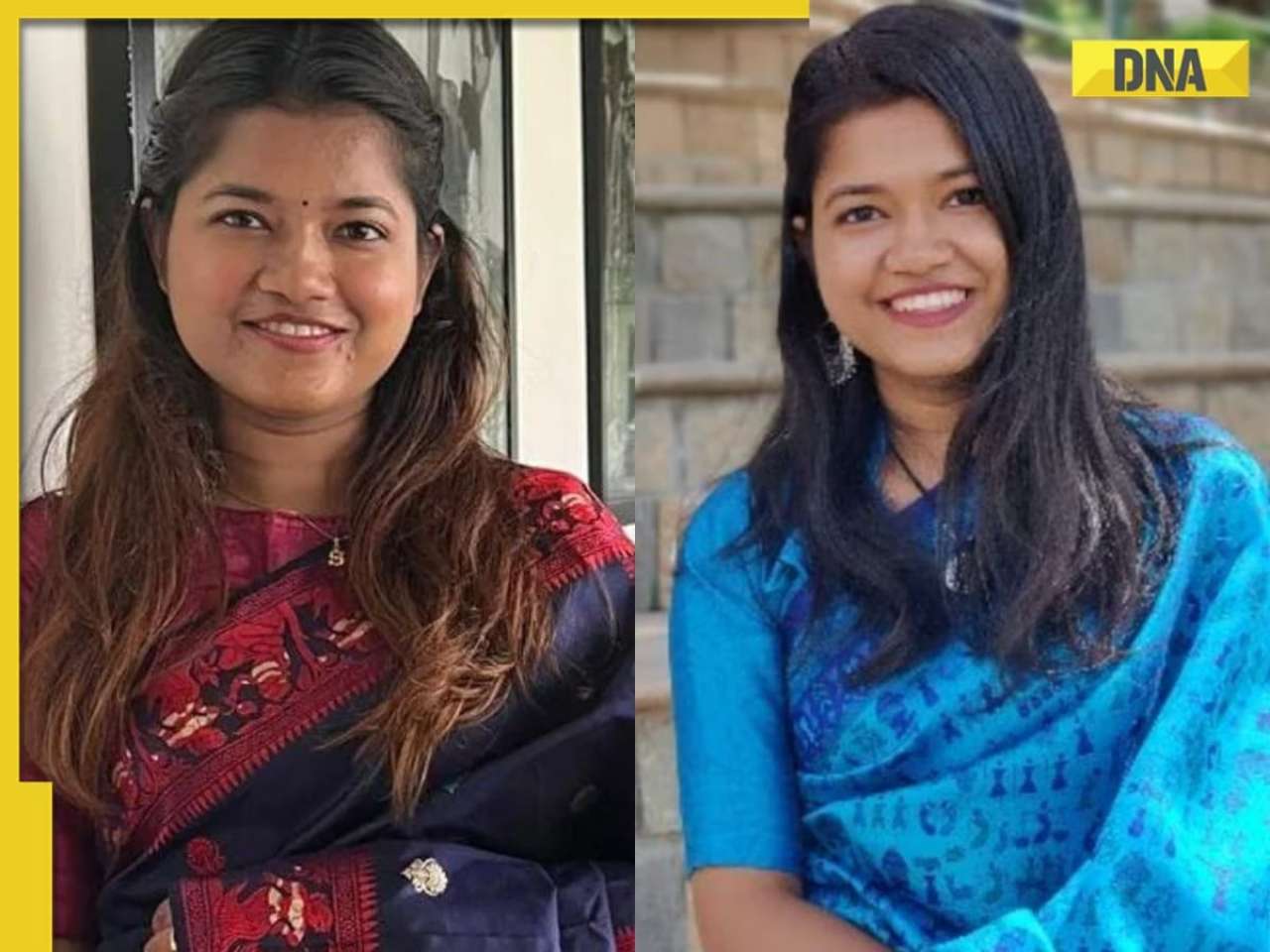

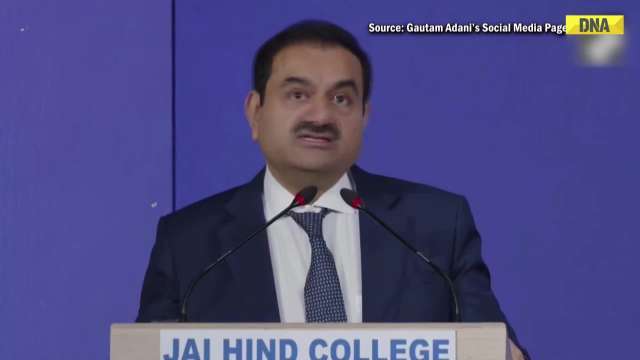


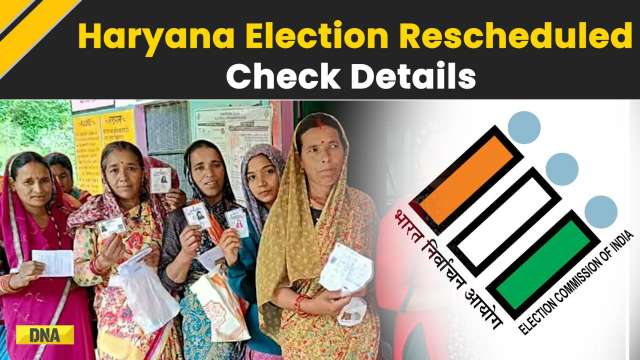






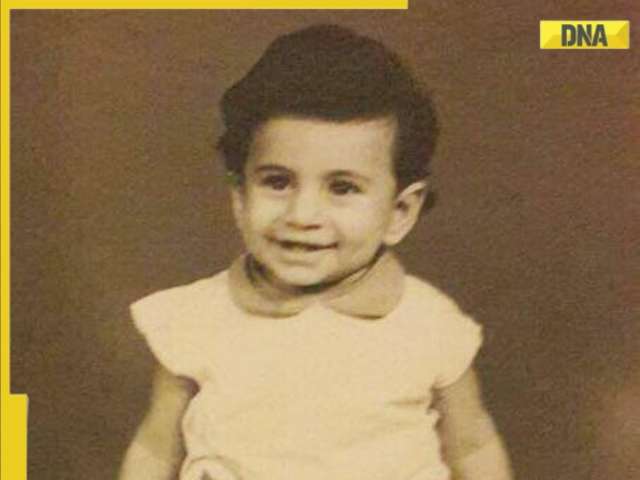





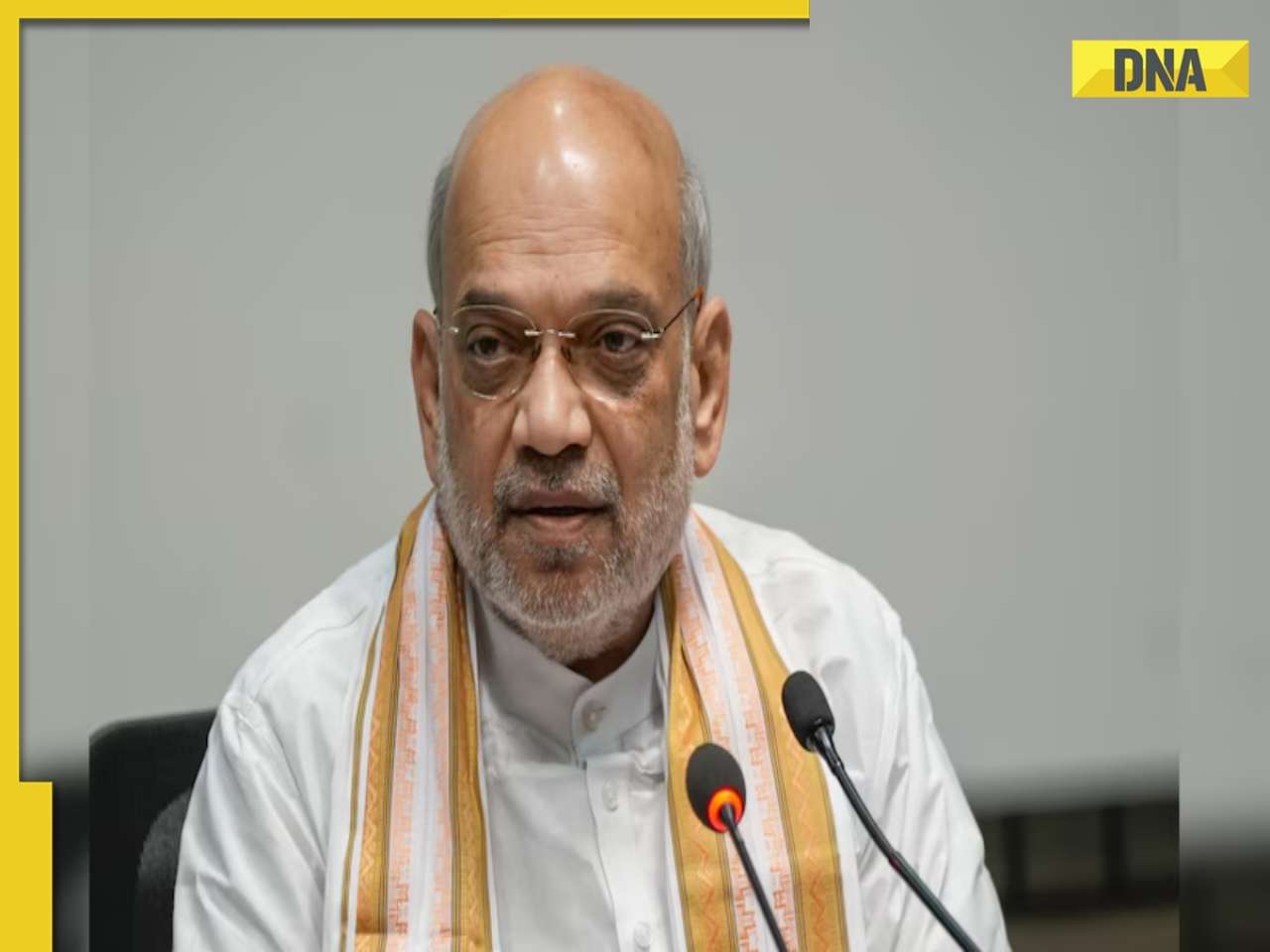

)
)
)
)
)
)
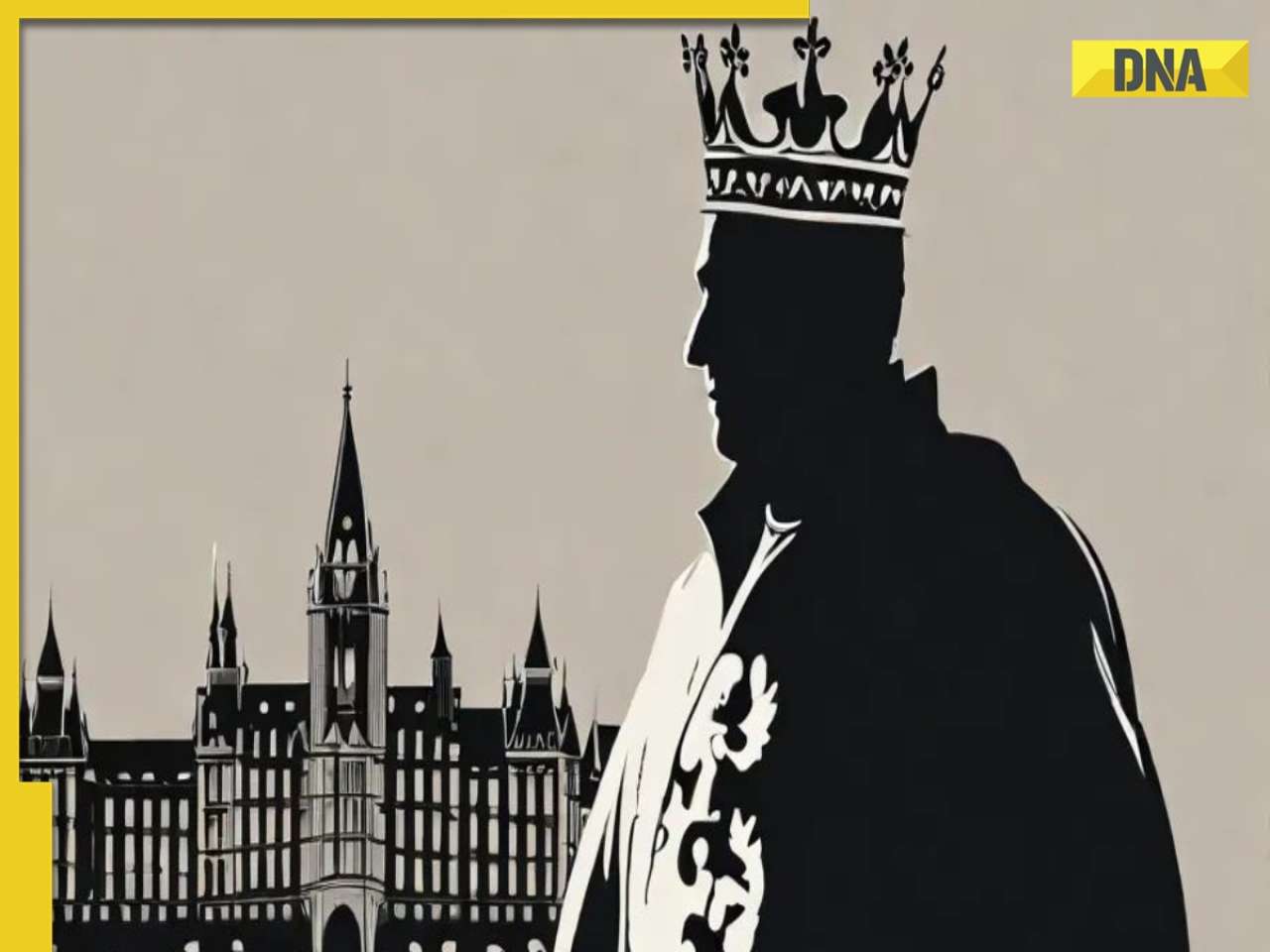)
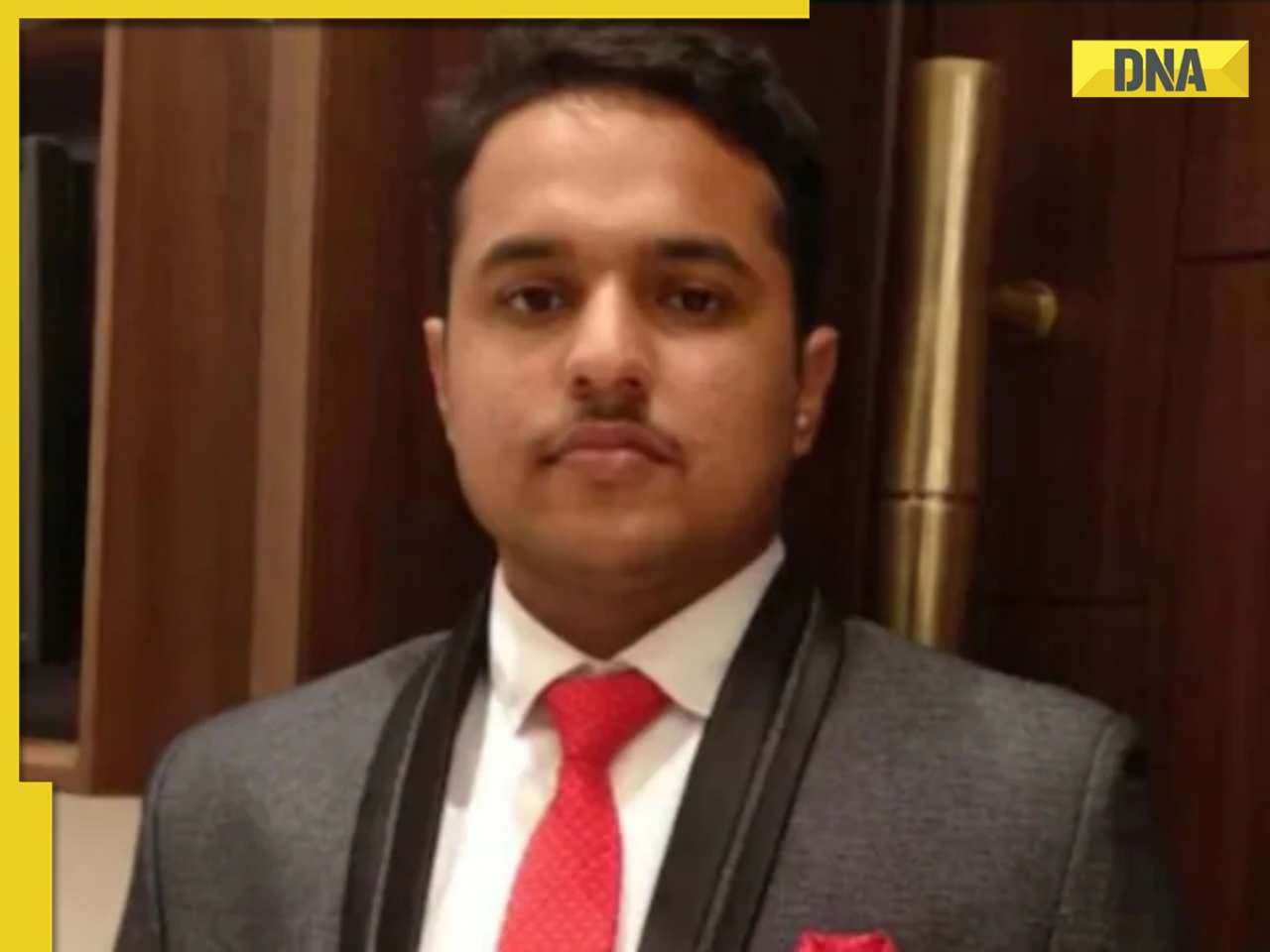)
)
)
)
)
)
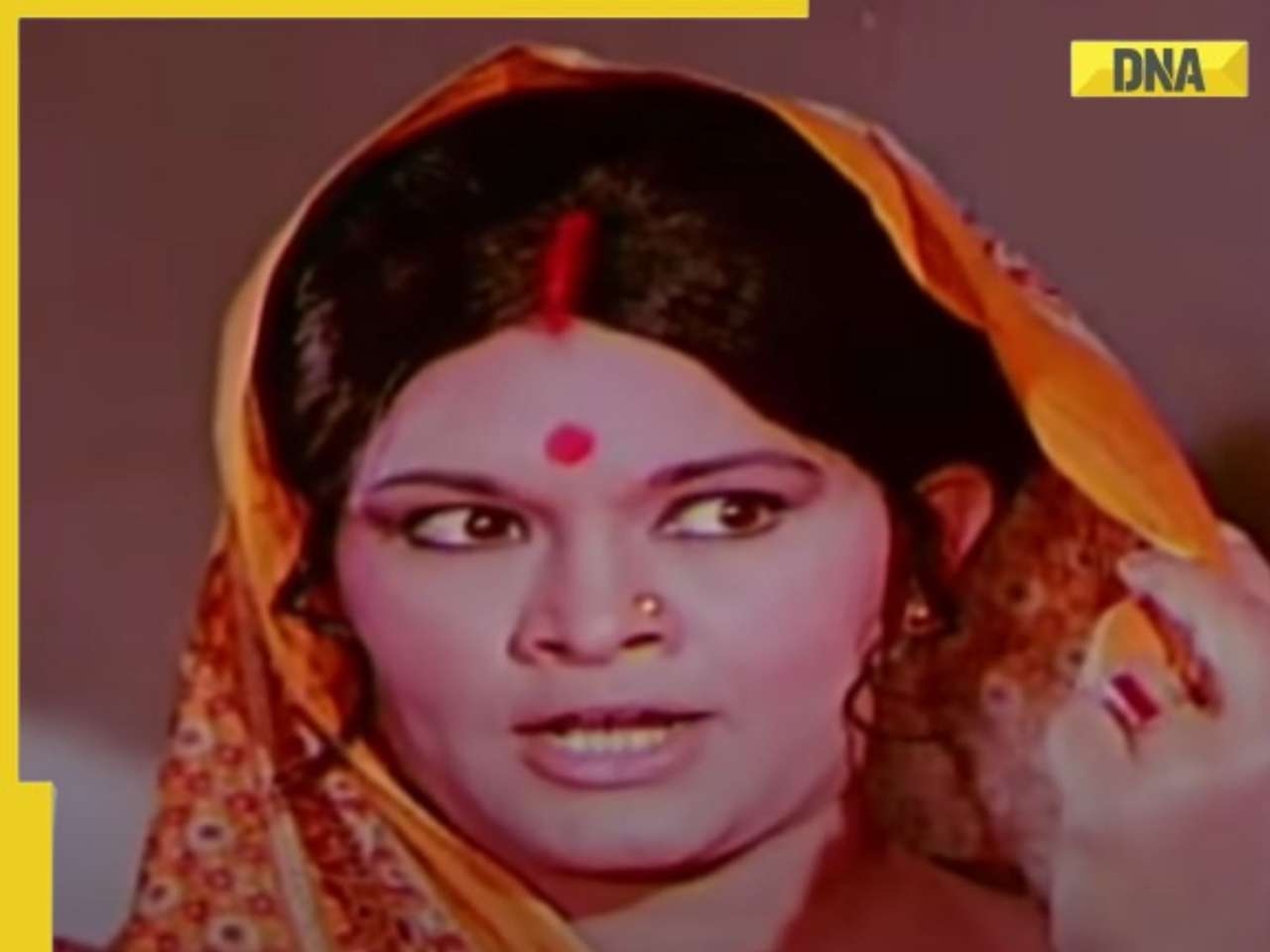)
)





)
)
)
)
)
)